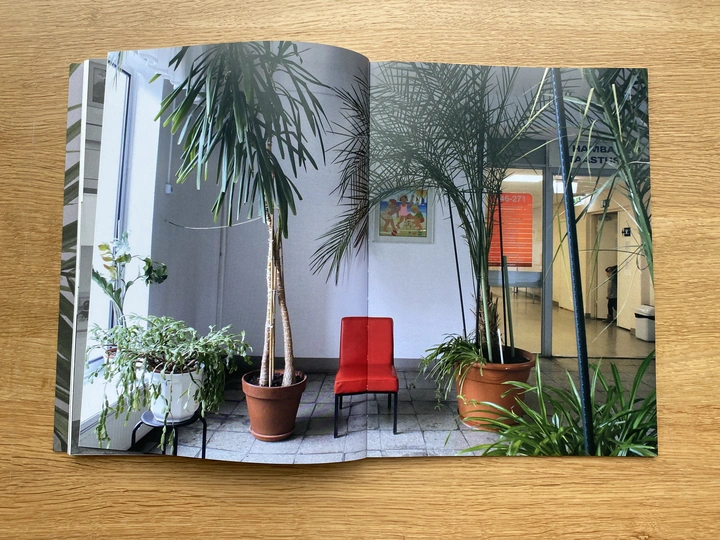Silence in the fading room

Mirjam Varik (born 1990) is an Estonian visual artist and graphic designer living and working in Estonia. She graduated in photography from Tartu Art College, studied graphic design at the Estonian Academy of Arts, and later earned a master's degree in contemporary art from the same institution.
Varik’s artistic practice focuses on developing narrative research methods that highlight human identity and childhood experiences. Her work combines photography, video, and installation to explore memories, places, and everyday phenomena that shape personal development.
She has participated in the Tallinn Graphic Triennial youth exhibition at the EKA Gallery, the Kuno Biennial at the Vilnius Academy of Arts, the exhibition "Kujuta" at Ars Project Space, and has self-published the book Silence in the Fading Room. Varik is a member of the Estonian Association of Photography Artists (FOKU).
In her work, she combines documentary and poetic approaches, paying close attention to space and the emotional experience of the individual.
My research focuses on the role of plants and their caretakers in public buildings. I am interested in where the plants come from, how long they live there, and who looks after them. The studied locations (in Estonia) are mainly in buildings that have not undergone major modern renovations—community centers, libraries, and apartment stairwells. Through interviews and photography, I found that plant corners tend to emerge in spaces with minimal regulation, where a sense of freedom enables unique, often self-organized compositions. Caretakers, mostly women, emphasize the aesthetic and emotional value of plants, saying they bring life and beauty to a room. I believe it is essential to preserve this spatial freedom and personal connection in contemporary architecture. As an outcome of this research, I have published an Estonian-language book on the subject.